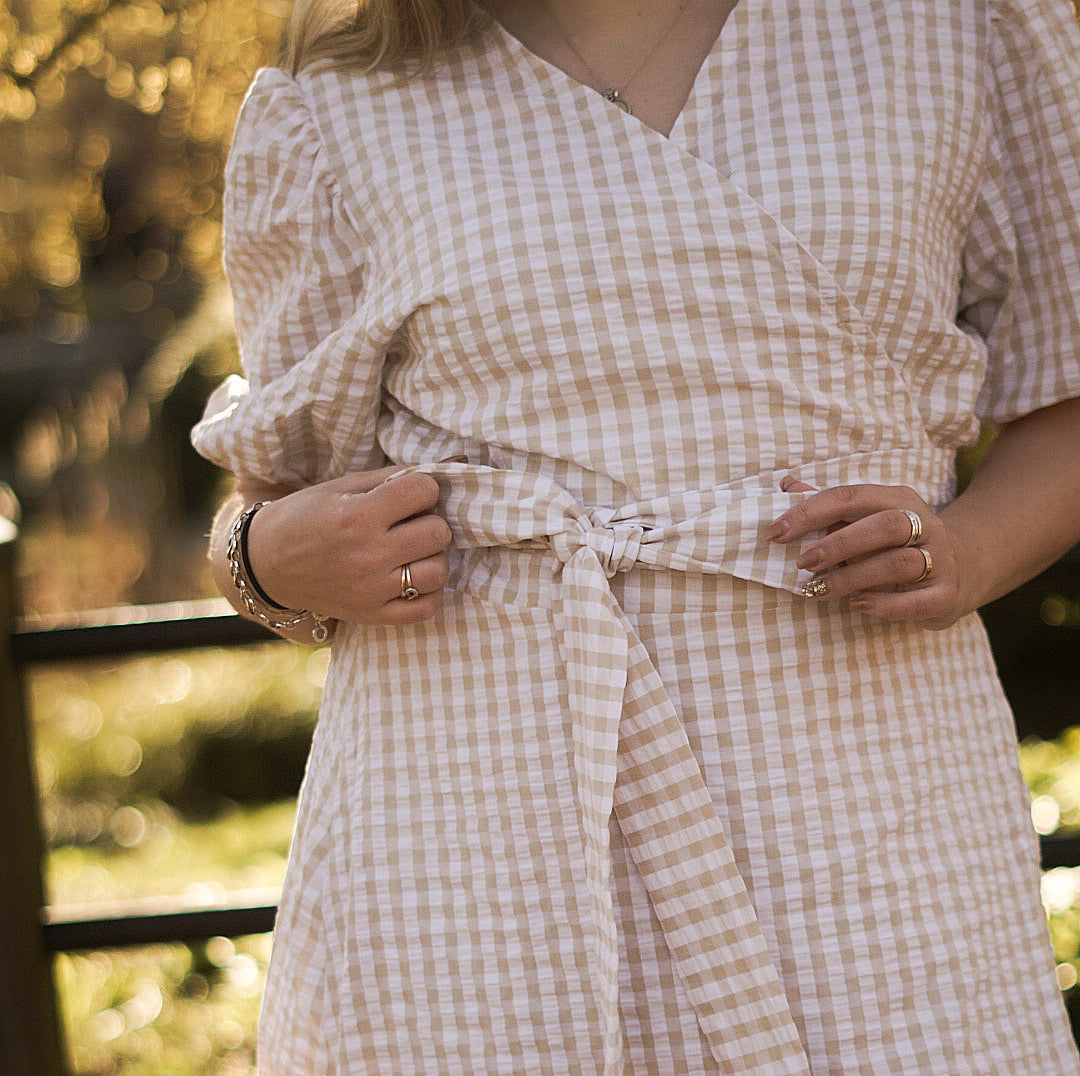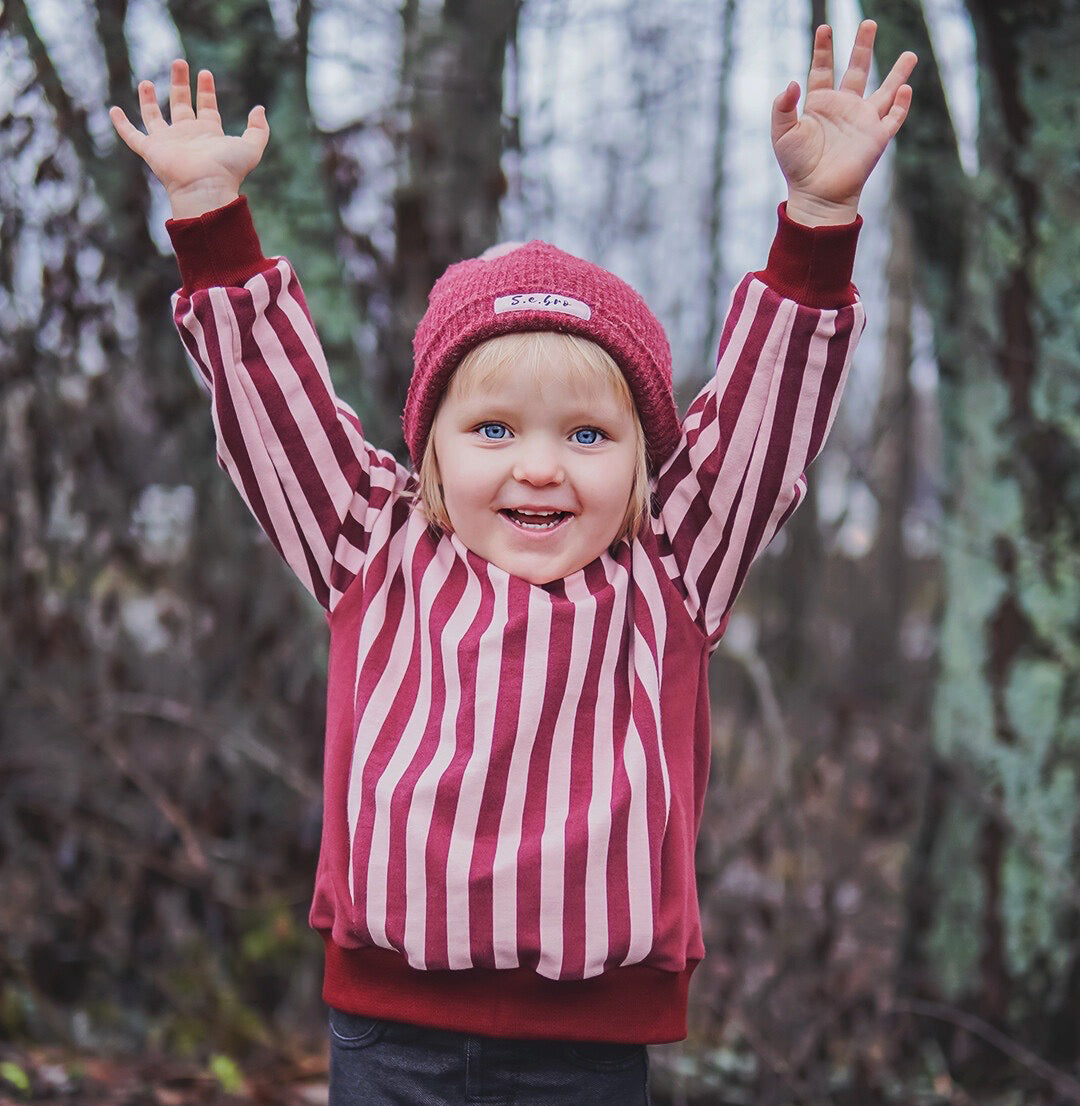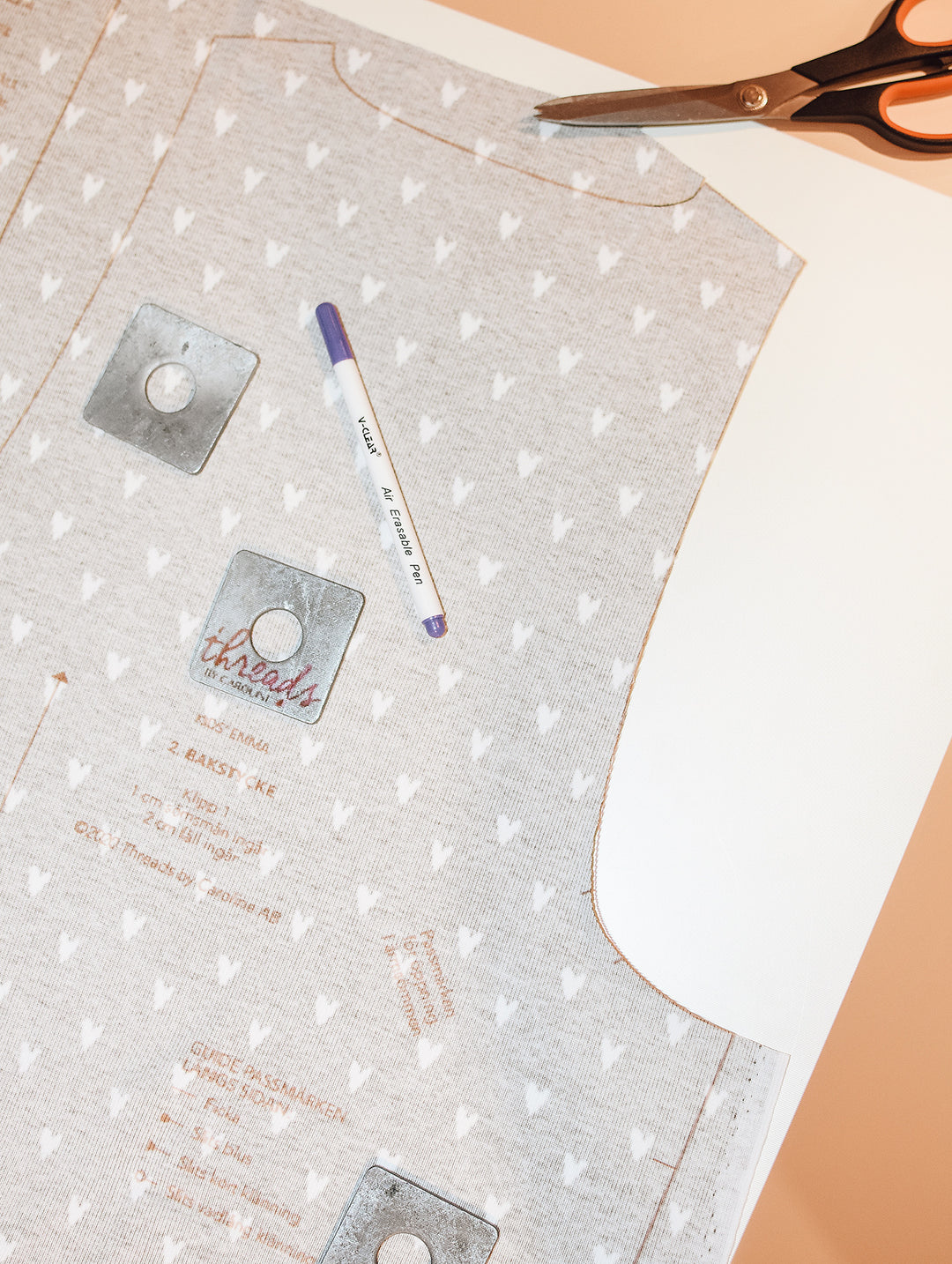All those different fabric types feels like a jungle sometimes, right?! Especially when you're a beginner, but I still find myself discovering new fabric types and wondering what to use them for and how to use them... Don't be discouraged! I've taken help from some wonderful fabric designers to help us understand some fabrics.
In part 1 of this blog series we will feature poplin, rib knit, college and lycra. And none other than Chris at Fossan Design and IsaDora at Elvelyckan Design are guest blogging today! Over the years I've worked closely with both of these talented women and it's an honor to see and read more about their fabrics at our blog.
Which other fabric types do you want to know more about? Feel free to comment below.
Poplin
Poplin is a tightly woven fabric which can consist of wool, cotton, silk or viscose. It's often used for sewing garments such as shirts and dresses, since it's light-weight and cool. There is also wind poplin, which is wind and water proof and suitable for jackets and lining.

Since poplin is a firm and thin fabric it's very easy to sew with. If you're attaching buttons or similar you may need to interface the fabric or use two layers of fabric. Sew with a sewing machine with universal needle.

Rib knit
Rib knit is like it sounds a rib-knitted fabric. This means that it's knitted with alternating rows of knit and purl stitches, creating ribs in the fabric. Rib knit has a high stretch percentage and often consists of a blend of cotton and lycra/elastane.


College
College is a bi-elastic, flexible and soft fabric. Bi-elastic menas that it stretches in both directions: vertically and horizontally. It's important to use a stretch or jersey (ballpoint) needle which have a rounded tip, to avoid skipped stitches and fabric damage.

College is suitable for all types of garment where you want to use a bi-elastic fabric. For example a cosy Lilly & Liam hoodie, a soft Alice for girls, or Alice for women, or a Linnéa top for women.

Elvelyckan Design's college consists of 94 % organic cotton and 6 % lycra, and has a looped wrong side. Other names for college are sweatshirt, jogging and french terry.
Our college fabric is GOTS-certified, which means that it's responsibly produced and meets extensive social and environmental demands through the entire production chain.
LYCRA
Lycra is a bi-elastic fabric with soft drape. Bi-elastic menas that it stretches in both directions: vertically and horizontally. It has a smooth feel and can be challenging to sew. A tip is to use fabric clips when sewing together two layers of fabric to keep them in place, and also to use a microtex needle.

Suitable garments for lycra can be swim or sports clothes, or underwear. You could use the patterns Lo for sports leggings, a Billy & Betty jacket with attitude or Ester & Ebbe for a swim or sports t-shirt. Below is an Ester & Ebbe sewn by @drommeriet. (She has added collar and zipper according to a tutorial on our blog).

Elvelyckan Design's lycra consists of 77% polyester and 23% lycra. Our lycra is Oeko Tex certified (standard class 100) which means that it's totally free from unhealthy chemicals.





